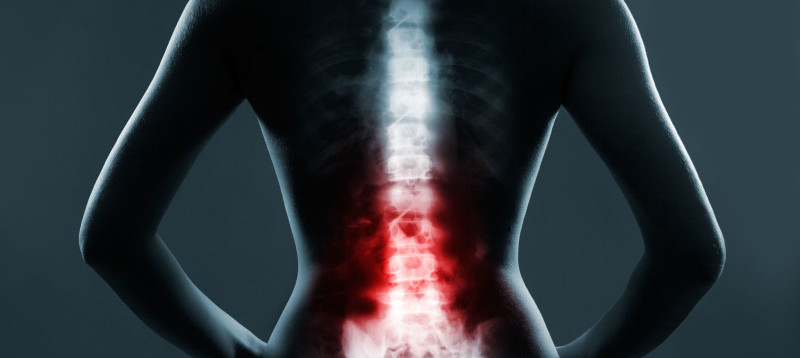What Does Multilevel Degenerative Disc Disease Mean?
Category: Spine | Author: Stefano Sinicropi

Despite its ominous sounding name, degenerative disc disease is a natural process that occurs in the majority of individuals as we age. In fact, degenerative disc disease is actually more of a condition than a traditional disease. The “disease” is nothing more than the gradual deterioration and thinning of the shock-absorbing intervertebral discs in the spine. When it happens at multiple discs or levels throughout the spine, this is known as multilevel degenerative disc disease.
Degenerative Disc Symptoms
Multilevel degenerative disc disease can occur at any level of the spine, in the cervical region (neck), the thoracic region (upper/mid-back) or the lumbar region (lower back). It can cause a variety of symptoms, and oftentimes exact symptoms depend on the specific location of the degeneration, but the most common symptoms include regionalized:
- Muscle weakness
- Pain
- Numbness
- Tingling sensation
- Shooting pain throughout the arms or legs
- Stiffness
Multilevel Degenerative Disc Disease Treatment
Preventing the spread of degenerative disc disease involves catching the condition in an early stage, as damage to one disc can lead to a domino-like effect on other spinal levels, putting them at risk for disease or other conditions, like disc herniation. If you’re dealing with any of the above symptoms, head into your doctor’s office. After listening to your description of symptoms and conducting a physical exam, your doctor will confirm the diagnosis with the assistance of an MRI or CT scan.
If the scans show that you are dealing with disc degeneration at multiple levels, your doctor will go over your non-surgical options. Degeneration can’t be reversed, but symptoms can be controlled and progression can be greatly slowed with some of the following non-surgical options:
- Proper diet, exercise and weight management
- Targeted physical therapy
- Strength training stretches
- Heat and ice packs
- Pain medication
If none of the above conservative methods bring relief, you may be a candidate for surgery. The operation is designed to stabilize the spine and protect any structures that could be affected by future degeneration. Your surgeon will walk you through your options and expectations should you need surgery for you multilevel degenerative disc disease.